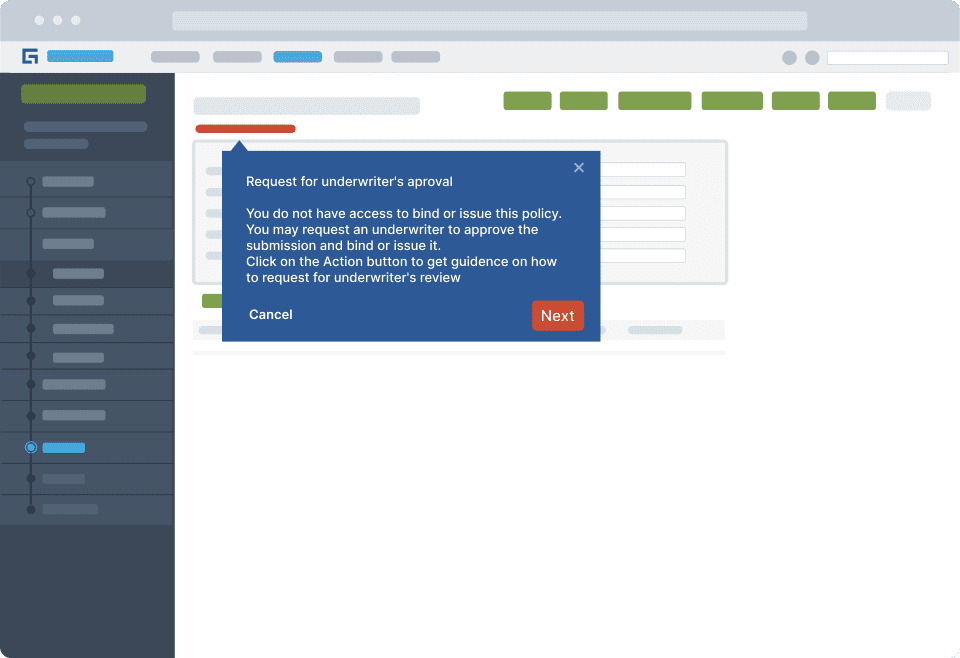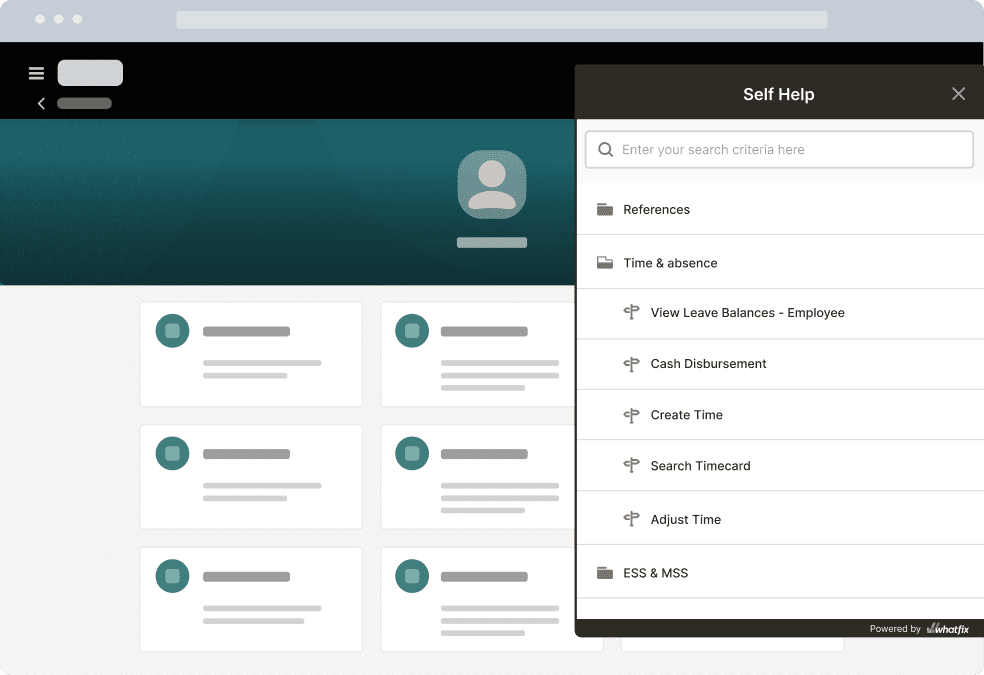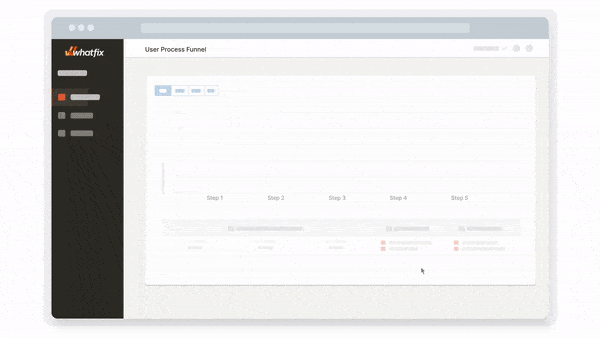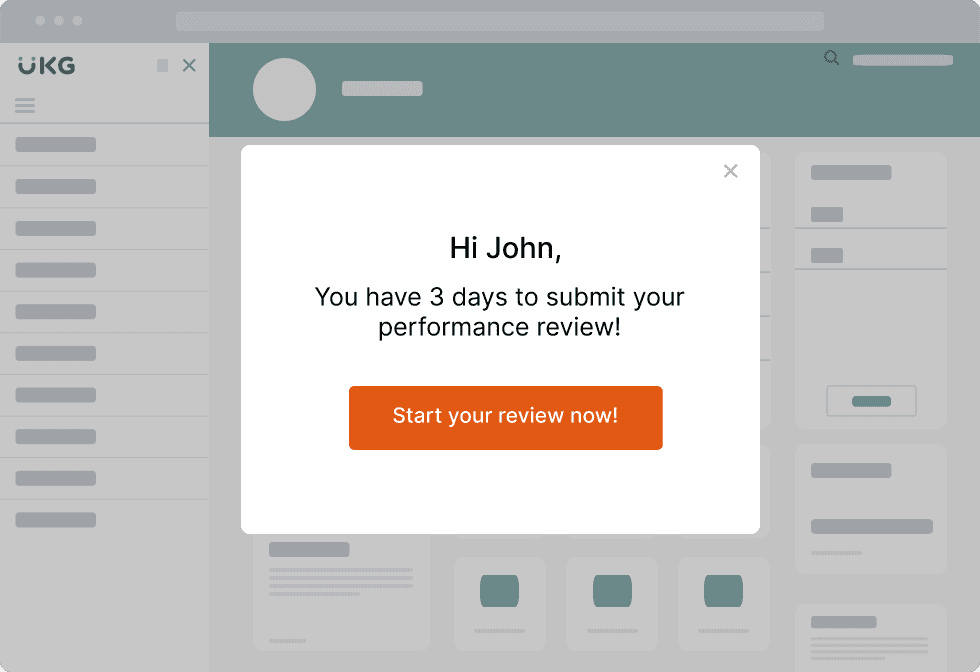

Companies must embrace digital transformation to modernize and meet demands for agility, excellence, efficiency, and better experiences. However, justifying the expense of these initiatives requires you to not only achieve returns but maximize ROI.
But what does a real ROI look like?
This article explores digital transformation ROI and how to set measurable objectives to quantify the business impacts of investing in technological change. You’ll gain insights into benchmarking returns and maximizing digital ROI. That way, you can build a solid business case for transformation.
What Is Digital Transformation ROI?
Digital transformation ROI represents the tangible business value generated by digital initiatives. Things like cost savings and operational efficiencies. Measuring ROI proves that investments positively impact the bottom line.
However, the most commonly cited challenge with digital transformation, reported by 3 in 4 leaders, is the inability to define exact impacts or metrics. You need to understand exactly what digital transformation can do for the business. For example, implementing robotic process automation eliminates time-draining manual tasks. Similarly, migrating systems to the cloud provides access to powerful capabilities while slashing infrastructure expenses.
Quantifying ROI shows the business impacts of digital initiatives on leadership and shareholders.
5 Ways to Help You Measure Digital Transformation ROI
Let’s look at five ways to help you measure your digital transformation initiatives.
1. Set realistic goals that align with business outcomes
Before investing, ensure digital transformation goals directly map to strategic business objectives. ROI is only meaningful if initiatives solve your challenges. First, conduct an objective assessment.
- Where are process bottlenecks?
- Do you have capabilities gaps?
- Are there missed opportunities?
Define clear goals addressing those pain points, such as reducing costs by X% or achieving X% higher customer satisfaction. Realistic, business-aligned goals provide the foundation you need for measuring ROI.
2. Identify appropriate metrics and KPIs
Different digital initiatives require different ROI metrics. For example, an AI deployment to decrease defects should track reductions in rework rates. Cloud migration for streamlining operations may measure server utilization and support tickets.
Pinpoint the most relevant KPIs for each digital solution. These metrics quantify whether initiatives meet objectives. It’s important to choose metrics that will track true progress for your organization.
Deloitte analysis shows 81% of respondents use productivity as the prime measure of digital transformation ROI.
3. Define investments
Compare ROI targets against investments before launching digital initiatives. For example, what’s the anticipated payback period? Financial markers establish benchmarks for measuring success over time. Setting defined targets instills accountability. If initiatives look like they could be on a path to failure, you can adjust your approach.
4. Identify value metrics
Financial metrics matter, but they shouldn’t be the sole indicators of digital transformation ROI. Leadership must work with teams to identify crucial value metrics. For example, creating a better customer experience may translate to revenue later. Understanding how technology strengthens core capabilities provides a more complete ROI picture.
5. Determine time frames
Digital transformation ROI only happens after a period of time. Businesses must establish realistic timeframes and benchmarks for different phases. For instance, decreasing IT costs with cloud adoption may provide quick returns. However, a company-wide change to become a data-driven organization may take longer.
Set short-term targets for immediate process improvements. But also factor in longer-term periods (18-36 months) for realizing strategic ROI impacts like market share growth. Track incremental progress to prevent derailing transformation before ROI materializes.
12 Steps To Maximize Digital Transformation ROI
With the best practices in mind, you can put a digital transformation plan in place for your organization. Follow these steps to set yourself up for success
1. Align with corporate objectives
Every digital initiative must support and advance your organization’s business objectives. Before investing, take a step back. What are the current strategic priorities? For example, increasing market share or accelerating innovation. Anchoring digital transformation to these big-picture goals prevents transformations from becoming aimless or disconnected.
2. Build the ROI model ahead of time
Don’t wait until projects are complete to think about ROI. Develop your ROI model during the planning phases. Identify key performance indicators acting as benchmarks. A predefined model provides a roadmap for tracking and analyzing ROI throughout the process.
3. Involve all stakeholders
Digital transformation is an organization-wide journey. It requires cross-functional input and buy-in. Assemble stakeholders from everyone from finance to customer-facing roles. Each can offer perspectives on ROI factors like expenditures and customer experiences. Collaborative planning creates transparency. It also gives everyone a voice in shaping initiatives.
4. Focus on your customer experience
Growth hinges on your ability to meet and surpass customer expectations. Start with identifying pain points. These are areas where customers struggle with your products or processes. Then, implement solutions that offer simplicity and convenience. Customer-centric thinking boosts ROI by increasing satisfaction and loyalty.
5. Evaluate technologies carefully
Evaluate your options for current and future technology needs. Factors to consider include scalability and user-friendliness. The solutions delivering the most functionality and versatility can provide a high ROI, but avoid chasing shiny objects that aren’t aligned with your requirements.
6. Accelerate adoption through in-app guided training
Even the most powerful technologies are useless if employees and customers struggle to use them. In-app guided training tools can provide contextual, interactive walkthroughs embedded directly in the software or application. This training accelerates user adoption by showing people how to maximize capabilities from day one.
With a digital adoption platform (DAP) like Whatfix, creating multiple, contextual in-app training experiences is simple.
With Whatfix’s no-code visual editor (Whatfix Studio), you can create guided tours, interactive flows, task lists, and more without coding experience and matching your product’s brand.

7. Enable end-users with moment-of-need support
Learning isn’t a one-and-done event. People need ongoing guidance as questions and issues come up. That’s what makes delivering moment-of-need support through in-app guidance so powerful.
With a digital adoption platform (DAP) like Whatfix, users can find support at the moment of need with Self Help. Self Help enables users at the moment of need with a searchable resource center that integrates with your SOPs, knowledge base, and other help content. Contextual help entries are shown depending on where an end-user is in an application, as well as for their specific role.

Smart Tips and Task Lists provide real-time assistance without disrupting workflows. Self-help resources also promote autonomy while reducing support volume.
8. Analyze end-user adoption with behavior analytics
Applications can provide usage data if you know where to look. Solutions with behavior analytics study user interactions to identify friction points. These insights shine a light on usability issues and adoption barriers stifling ROI. You can use this information to iterate and streamline problem areas.
With Whatfix’s DAP, analyze how users engage with your in-app content. With Whatfix’s Product Analytics, IT teams are empowered with full no-code event tracking and product analytics software to capture any custom user event to map user journeys, build user cohorts, and identify areas of friction.
9. Introduce change in smaller increments
Some digital transformation initiatives are too large to implement all at once. Rolling out sweeping changes often overwhelms users and disrupts operations. An incremental approach provides a smoother transition. This means deploying new technologies and workflows in phases. Give users space to adapt.
10. Make data-driven decisions
Maximize ROI by empowering your digital transformation with powerful data and analytics capabilities. For example, predictive analytics forecast future demands. Real-time dashboards track KPIs. From here, you can take evidence-based actions and get ROI faster.
11. Celebrate victories and learn from failures
Digital transformation is filled with accomplishments worth celebrating and missteps that are learning opportunities. Regularly reflect on what worked, what didn’t, and what you can change. Also, highlight the success stories to keep everyone on your team motivated.
12. Evaluate performance and ROI regularly
Measuring digital transformation ROI is an ongoing task. Performance analysis must become a regularly scheduled process. Assess (and reassess) whether initiatives stay aligned and on track. This empowers you to make these real-time adjustments before small issues turn into big ROI problems.

Challenges in Maximizing Digital Transformation ROI
Potential ROI gains are massive. However, getting these gains comes with a set of challenges. Organizations must proactively plan for and overcome common hurdles to get the best possible returns.
1. Resistance to change
Research shows that digital transformation efforts fail about 70% of the time. However, that’s largely because users hesitate to adopt new technology and embrace digital tools. The way leaders approach change management makes an impact.
Employees can be reluctant to adopt new technologies and processes due to fear of the unknown or concerns about job security. Overcoming this inertia requires intentional change management. Effectively communicate the “why” behind initiatives while providing ongoing support to overcome resistance to change.
2. Strategy disconnects
Digital transformation efforts sometimes fail due to a lack of alignment between technology implementation and business strategy. This is why communication is key. Make sure everyone is on the same page about the digital transformation and the expected results.
3. Skills gaps
New technologies can unlock powerful capabilities, but that’s only true if your people know how to use them. Invest in upskilling and reskilling employees to build essential competencies and digital literacy. Skipping this step can slow ROI and stop your organization from reaching its full potential.
4. Legacy system constraints
Many existing technology environments need to be designed to integrate modern, cloud-based solutions. Still, by 2027, Gartner predicts that more than 50% of enterprises will use industry cloud platforms to accelerate their business initiatives. That makes transitioning from legacy databases and platforms challenging. It requires documentation of current workflows, data standardization, and testing.
This process gets even more complicated when you consider that you need to continue operations and manage new data during the transition. However, the value of legacy application modernization becomes apparent as older systems become more of a risk than a benefit, with heavy technical debt and outdated infrastructure.
5. Data quality issues
You can only maximize ROI with reliable and consistent data as inputs. However, disconnected systems and poor data governance practices often affect data quality. Organizations must focus on cleaning up and organizing data to maximize the value of their digital transformation.

Sheila Dusseau, Head of Global Legal Operations at Ferring
How to Maximize Digitalization ROI With Whatfix
Looking for a solution to help you make the most of your digital transformation efforts? See how Whatfix can support your strategy and ROI goals.
Enable end-users with contextual in-app onboarding and role-based training
Products have different use cases, and each user group will engage with your product in different ways depending on their intended outcomes and use roles. Creating role-based training helps ensure that the information provided to each user is relevant, informative, and valuable.
While personalizing training programs based on personas requires a more significant time investment, matching user needs with training materials can improve end-user adoption and reduce churn.
With Whatfix no-code editor, generate new in-app training experiences, tutorials, and resources in just a few clicks. This enables you to diversify onboarding pathways with multiple branches and ensure all materials are up-to-date with the latest features and interfaces.

Provide on-demand help at critical moments of need with Self Help
If users can figure out how to use technology, they may not use it at all. With a DAP like Whatfix, enable all technology end-users with Self Help. Self Help automatically crawls and aggregates your knowledge articles, videos, help content, and in-app guidance into one searchable database that overlays your applications’ UI and provides contextual, on-demand support.

Use guidance analytics to understand how end-users interact with your in-app content
Analytics allow you to understand users better than ever before. For example, you could look at what’s behind most of your customer service calls each month and use that information to develop an FAQ page for your website. But remember, analytics software provides the information. You must determine appropriate next actions and address weak points that you uncover.
With Whatfix, track and analyze end-user actions with User Actions. This uncovers areas of end-user friction, maps user flows, builds user cohorts, and more. Use this data to create new in-app guidance and end-users, as well as continuously optimize and test new workflows and features.
Analyze end-user behavior to identify areas of digital friction
Collecting data holds little value unless property professionals use insights to better serve end-user needs. Focus on using data to your advantage to improve experiences for everyone involved with a property.
For example, a retail store might look at how often customers purchase the items recommended to them. Predictive capabilities can guide the business to recommend more of the right products or improve the checkout process.

Communicate workflow changes with in-app end-user communication
No matter what you implement, you may encounter some people who are hesitant to embrace a new system. Reframe the technology as an assistant rather than an inhibitor. If the platform you’re using offers many options and features, be sure to direct users to what’s most relevant to them.
With a DAP like Whatfix, enable your technology end-users with contextual in-app guidance, information, and support to fully utilize technology. Make sure that your people know how to make the most of the tools and resources they have.

Digital transformation is challenging, costly, resource-intensive, and has lengthy implementation and migration cycles. To complicate matters, no two digitalization projects are the same.
Accelerate your digital transformation by enabling your technology end-users (internal staff and customers) with contextual in-app guidance and real-time support with Whatfix’s digital adoption platform (DAP).
Whatfix provides IT teams with a no-code content editor to create in-app assistance that provides contextual guides for end-users on complex processes and digital experiences, enabling them to utilize digital platforms correctly and drive business outcomes with frictionless experiences.

This reduces time-to-proficiency for new end-users and achieves new levels of productivity and proficiency through better software adoption post-implementation. It also provides customers with self-service, personalized, and guided user experiences.
With Whatfix, you can enable your end-users with contextual, guided, and self-service experiences to help them drive value from digital investments and maximize their productivity. It also actively works to identify areas of end-user friction to continuously optimize user experiences and build user-friendly digital solutions.
Ready to learn more? Request a demo to see how software clicks better with Whatfix now!

Thank you for subscribing!


